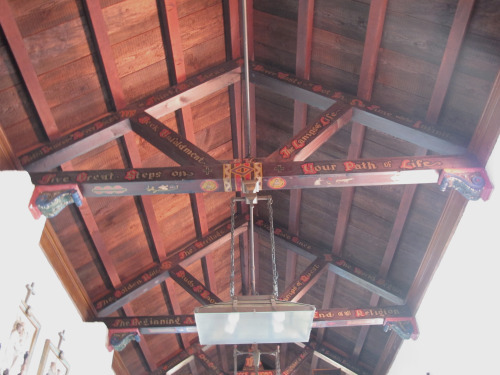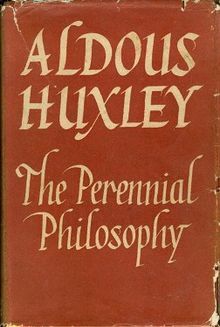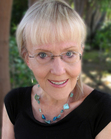A Mirror of The Perennial PhilosophyThis month I had a chance...



A Mirror of The Perennial Philosophy
This month I had a chance to
reflect on the mystical threads woven into Huxley’s work, even before he
experimented with the psycho-spiritual side of psychedelics and wrote about it
in The Doors of Perception.
Huxley’s early reputation came from
novels skewering the attitudes of the social class with which he was
so familiar. He followed up several books later with his dystopian classic Brave New World.
After emigrating to the U.S. in 1937,
Huxley ended up in southern California. Initially, he scripted adaptations
for a few classic novels such as Jane
Eyre, and he wrote a satirical Hollywood novel with a twist: This was his
After Many a Summer Dies the Swan, in
which the main protagonist was not the film mogul Jo Stoyte, who fears his
impending death, but Mr. Propter, a professor who shuns the grasping of the glittering
world and finds meaning by looking within. By then, Huxley’s life and his writing
were both taking an inward turn.
Around this same time he wrote the first
of several nonfiction books, including his exploration of the mystical thread
in the world’s religions. This was his 1945 work called The Perennial Philosophy.
Mentioning this book brings me (at long
last, you say…) to why I have been reflecting lately on the mystical theme in
Huxley’s work. It turns out that during the time he was writing The Perennial Philosophy he was spending
a great deal of time at Trabuco College. This place, despite its name, was a
kind of monastery atop an oak-dotted canyon in southern California’s Orange
County.
During the war years, Huxley’s friend
the author and lecturer (and former BBC science commentator) Gerald Heard
purchased land to build a retreat for meditation and study of world religions,
experimentation with ESP and hypnosis, and practice of psycho-spiritual
disciplines intended to expand the powers of the mind. Huxley even had a hand in the
planning of Trabuco when he helped his friend Gerald formulate the mission statement
and lay out the floor plan for the brick-and-beams structure nestled in hilltop
acreage.
It happened to be a short drive away
from the nearby coastal city of Laguna Beach where in hot weather the
retreat-residents of Trabuco College, occasionally including Huxley, liked to
escape for the sake of ocean breezes.
The connection, for me, was a research
project lately involving a curiously tiny church I attended as a child in
Laguna Beach called St. Francis by the Sea Cathedral. I wrote about it in a
chapter of my book Aldous Huxley’s Hands.
Lately I have resumed looking into its early history and perusing some of the supporting documents.
Until recently, this church held the title
in the Guinness Book of World Records as the “World’s Smallest Cathedral.”
Moreover, though nominally American Catholic since its founding in 1934, in its
original conception the founder of St. Francis by the Sea drew on world
religions along with other Theosophical Society principles, as can be seen in the
decorations in its interior.
The small cathedral is a near
contemporary of the former monastery/college in Trabuco Canyon, where Huxley
spent long hours during the war years working on several of his books.
The monastery is now owned by the Vedanta
Society. A few miles away, inside the church in Laguna Beach, the arcane symbols and original
messages—including “Seek Unfoldment” (which could apply to the later human
potential movement) have been preserved intact. They can be viewed today on
the seven original, hand-painted rafters where many of the phrases and symbols seem like a mirror of Huxley’s The
Perennial Philosophy.



